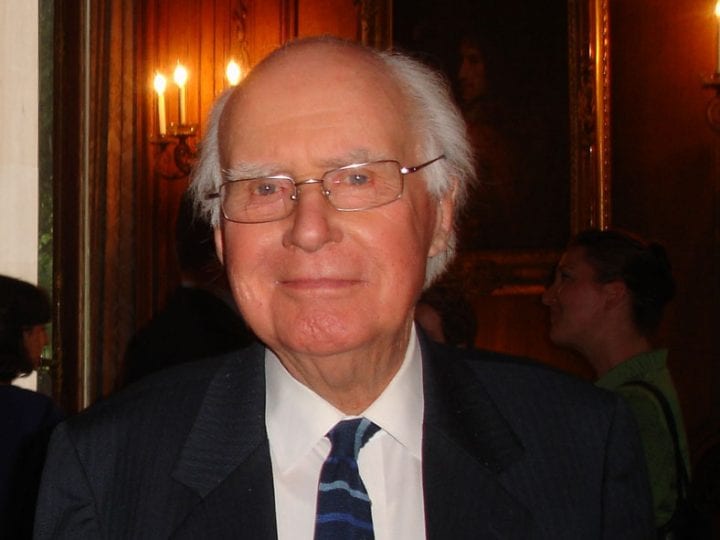This special issue of JHNA presents seventeen articles on topics that span four centuries and explore the impact of Netherlandish visual culture from Amsterdam, where Rembrandt and his colleagues competed for patronage in the heart of the Dutch Republic, to Sri Lanka, where the market demands of European trade networks prompted ingenious responses from local artisans. The authors themselves live and work in a variety of countries: not only the United States but also Canada, Ireland, and Singapore. Yet, there is one essential factor that links them all. Either informally or, in most cases, as PhD students at the Institute of Fine Arts, New York University, each of them had the privilege of studying under the direction of Egbert Haverkamp-Begemann. In 1983, a festschrift honoring Egbert on the occasion of his sixtieth birthday brought together a remarkable roster of colleagues and students.1 The present volume testifies to the impact of his teaching and mentorship over the thirty years since then.
The study of Dutch and Flemish art has evolved considerably in recent decades. The very form of the present publication — on-line and open access — did not exist at the time of the 1983 festschrift. Much scholarly attention remains focused on painting, but drawings and prints (always a focus of Egbert’s attention, as honored in a volume of Master Drawings in 19982) and other media have gained increasing interest. Our understanding of how and why artists plied their trade has been enriched by new approaches to the study of the art market, of social factors such as politics (both local and global), gender, and religion, and of the technical processes of art making. Yet, fundamental questions and issues remain. How do we distinguish one creative hand from another? How can we fruitfully explore an artist’s dialogue with pictorial sources from the past or the tensions between artistic independence and the demands of patrons? These and other intriguing questions underlie the case studies presented in this volume.
The diversity of topics and methods brought together here reflects the richness and breadth of our field as well as the centrality of Netherlandish visual culture as a locus for scholarly inquiry. It also reflects the impact of a mentor who has consistently set high standards while encouraging each student to follow an independent path. Egbert Haverkamp-Begemann’s exceptionally productive career as a teacher has contributed substantially to the growth and development of our discipline both in the United States and abroad. Today, his former students constitute a worldwide community that includes museum directors and curators, art dealers, and university professors. Not surprisingly, many of them have also played a prominent role in Historians of Netherlandish Art. Egbert’s own wide-ranging and influential publications are listed here in a bibliography that will one day be augmented by his catalogue of the drawings of Albert Cuyp.
As guest editors of this volume, we owe an enormous debt to Alison Kettering, Editor-in-Chief of JHNA. No other volume of the journal has included so many essays, and we are grateful to Alison for taking on this challenge with grace, enthusiasm, and unending patience. We thank the editorial team of JHNA for their excellent technical support. And we especially thank Eijk and Rosemarie van Otterloo for generously underwriting production costs and Otto Naumann for hosting a festive gathering to launch the publication. With affection, respect, and gratitude, we dedicate this album discipulorum to Egbert Haverkamp-Begemann in celebration of his extraordinary accomplishments as an inspiring scholar and mentor.
Jacquelyn Coutré
Stephanie Dickey
Nadine Orenstein

